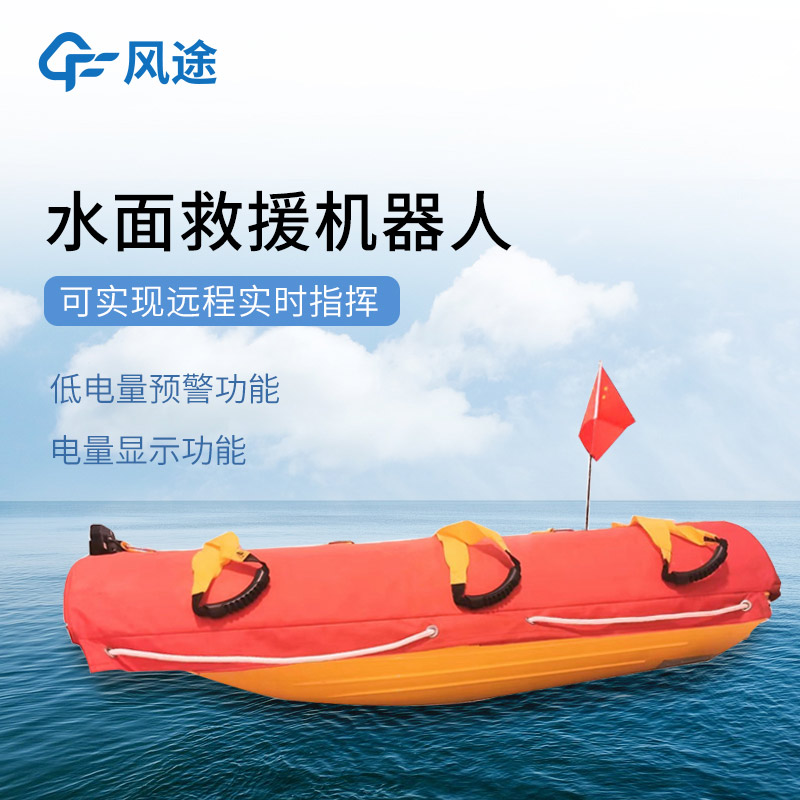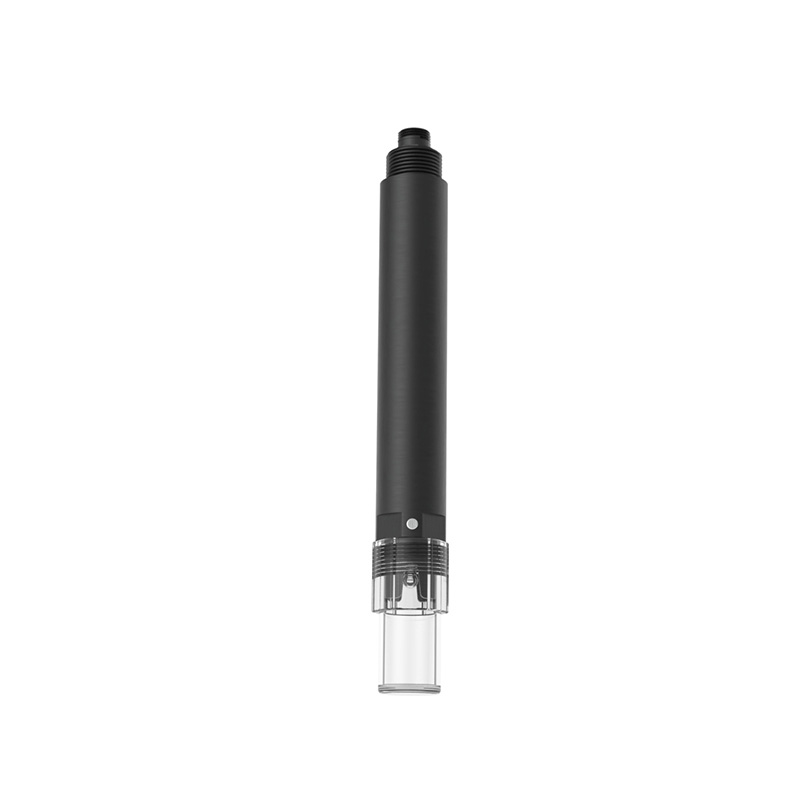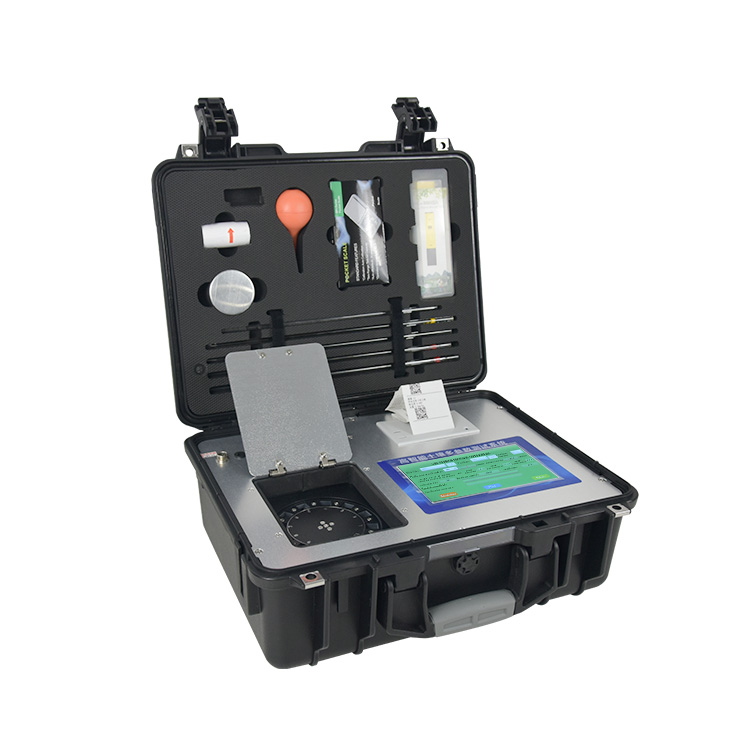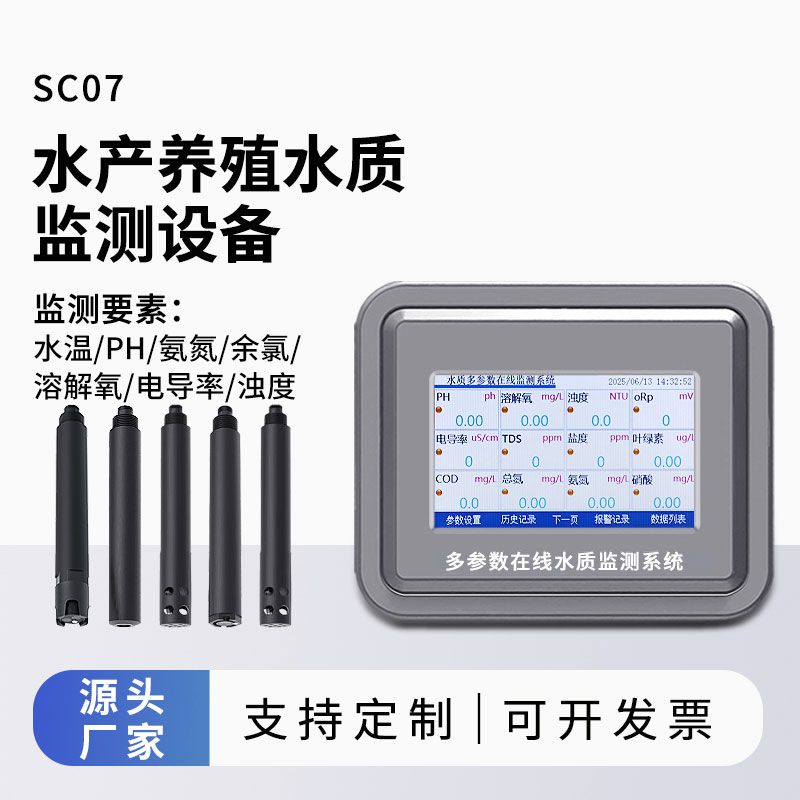In water rescue, time means life, and the advancement of rescue equipment often directly determines the success of rescue operations. The Remote Controlled Lifebuoy, a new type of straight-board split rescue device, is emerging as an intelligent robot to replace manual rescue.
Structure and Key Features
The Remote Controlled Lifebuoy features a unique upper-lower structure composed of a power cabin and anti-collision soft buoyancy materials. This design enables it to automatically flip back to the upright position within 1 second after capsizing. With a maximum speed of 48 km/h, it can rapidly reach the rescue site. The 4,500-meter remote control range allows rescuers to operate it from a safe distance, effectively protecting their own safety.
The lifebuoy has a water towing capacity of up to 400 kg, capable of rescuing 6-8 drowning persons simultaneously. Victims can either grab the handles on both sides or lie on the device while waiting for rescue. Additionally, it can tow rescue supplies such as lifebuoys, rubber boats, and floating ropes, expanding the possibilities for rescue operations.
Technical Capabilities
With an IP68 waterproof rating, it adapts to various harsh water environments. The duct jet-driven pump structure, combined with a 70-minute battery life, sufficiently supports a rescue mission. It also integrates multiple practical functions:
Automatic self-righting
Low-power warning & battery display
One-key return
Video transmission (real-time scene feedback)
Reverse gear
Wireless lighting (for nighttime or low-light rescues)
Application Scenarios
It is ideal for:
Rapid response to maritime distress, ship capsizing, or fire accidents
Serving as a search platform to locate missing persons
Towing auxiliary rescue equipment in complex water conditions
Advantages over Traditional Rescue
Unlike conventional methods constrained by severe weather or rough seas—where rescuers face inherent risks—the intelligent lifebuoy enables long-distance remote operation, minimizing interference from environmental factors. This significantly improves rescue efficiency while reducing operational risks.

This paper addresses:https://www.fengtusz.com/industry/774.html









